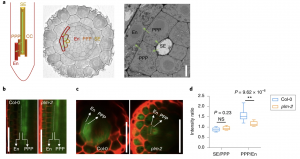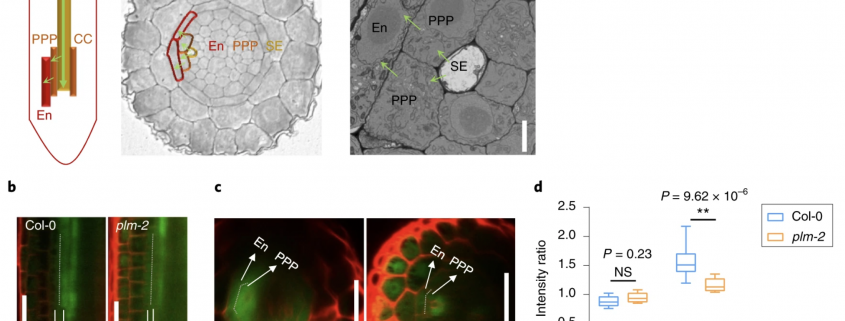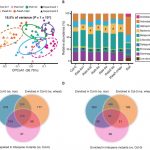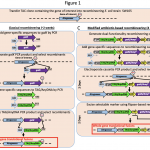Sphingolipid biosynthesis modulates plasmodesmal ultrastructure and phloem unloading (Nature Plants)
Regulated transport of molecules from source to sink is essential for providing necessary molecules including photoassimilates to the required tissue. This mechanism is crucial for development and plant growth in response to stimuli and it occurs through plasmodesmata. In a previous report, CALLOSE SYNTHASE 3 (CALS3) was identified to be necessary for the permeability of molecules via plasmodesmata and root development. In this paper Yan et al., have identified, PHLOEM UNLOADING MODULATOR (PLM) through a genetic screen for suppression of cals3-1d gain of function mutant which has an enhanced phloem unloading. PLM has been identified to be involved in the sphingolipid metabolism and the loss of function mutant, plm has altered endoplasmic reticulum-plasma membrane tethering which causes a change in the plasmodesmata structure. This change in sphingolipid metabolism could have caused the elevated unloading at the phloem pole pericycle –endodermis interface. Thus one more regulator, PLM involved in phloem unloading and its function in plasmodesmata mediated molecular trafficking has been identified. (Summarized by Suresh Damodaran) Nature Plants 10.1038/s41477-019-0429-5





